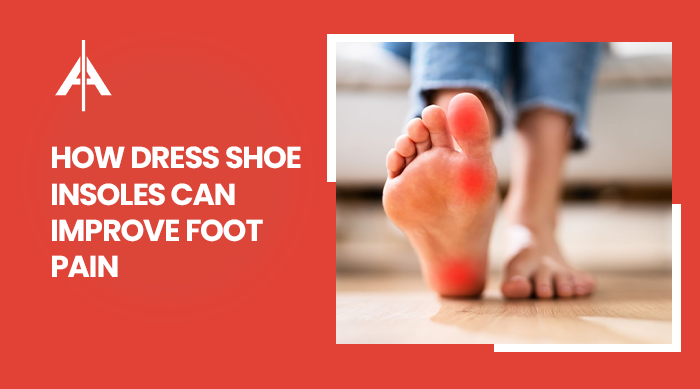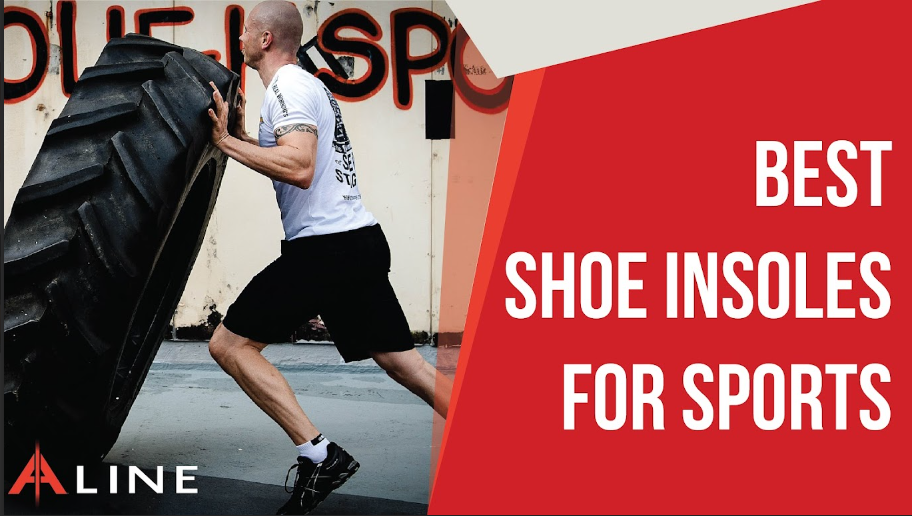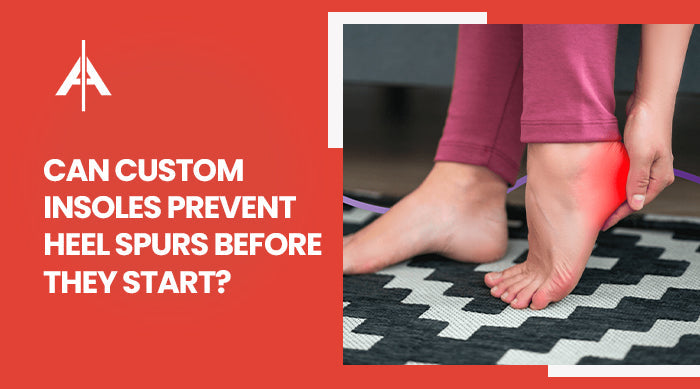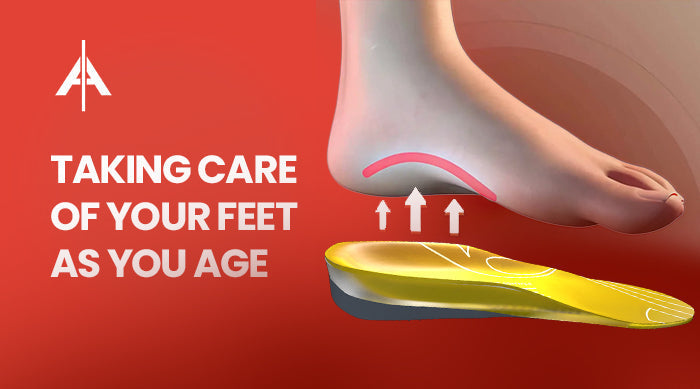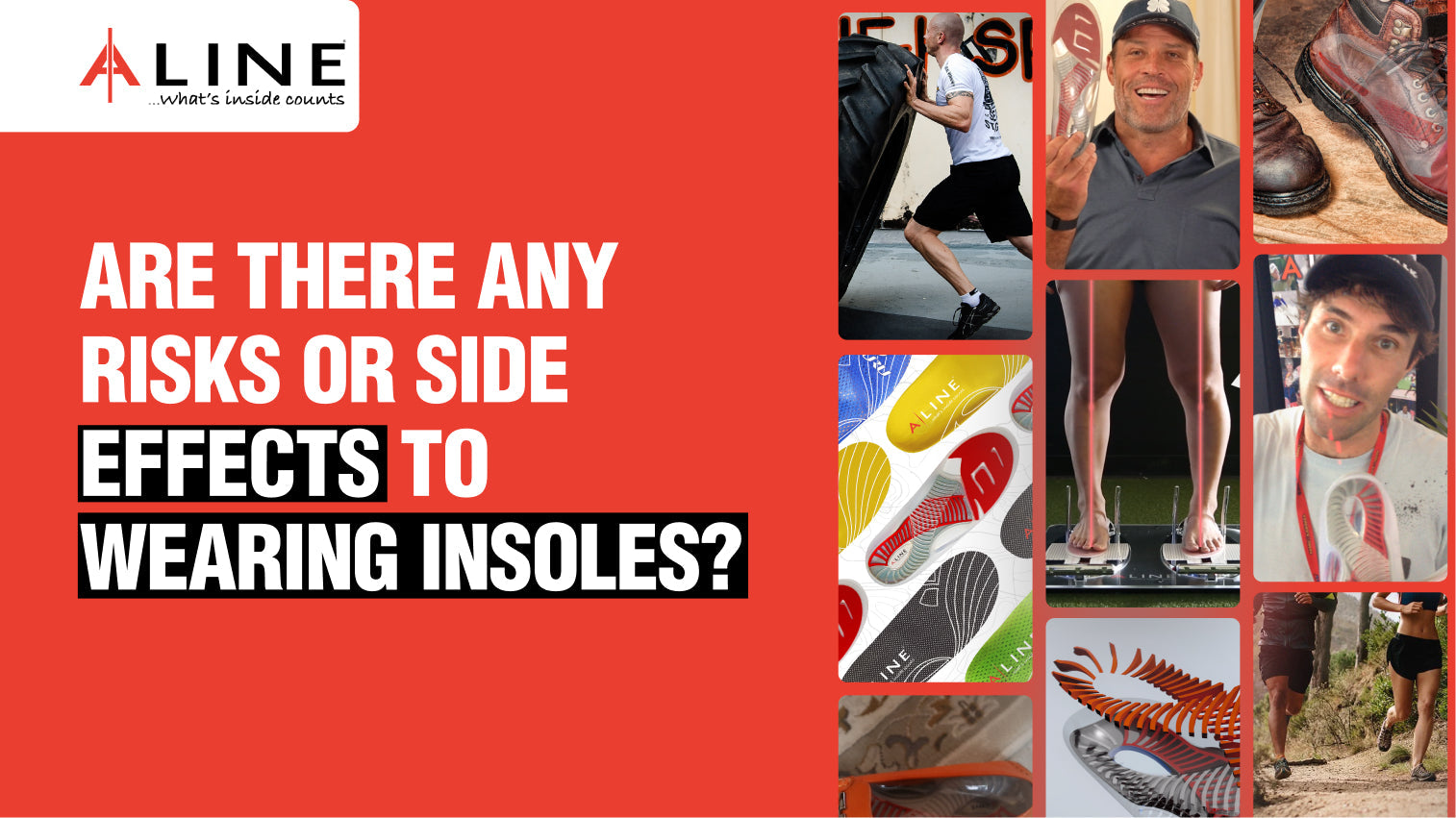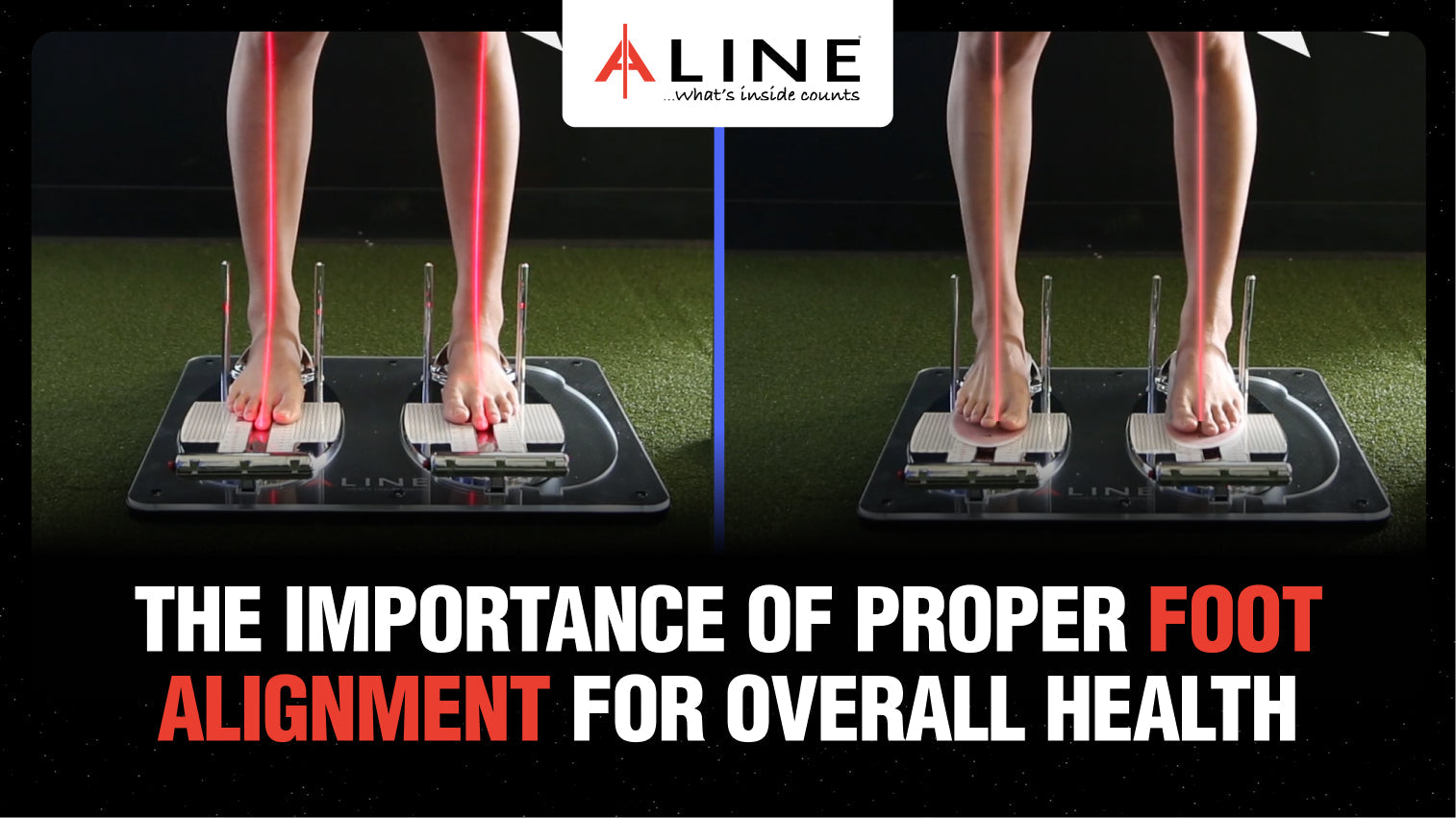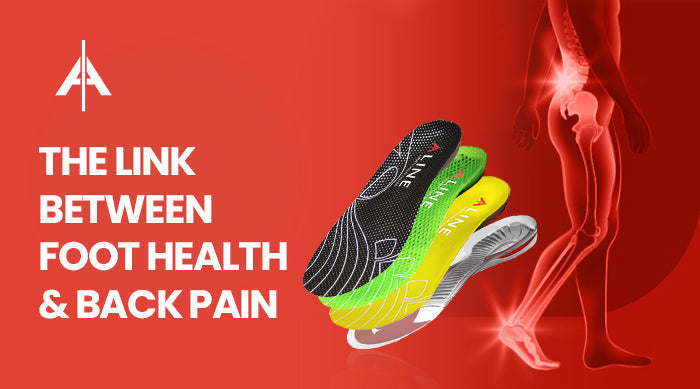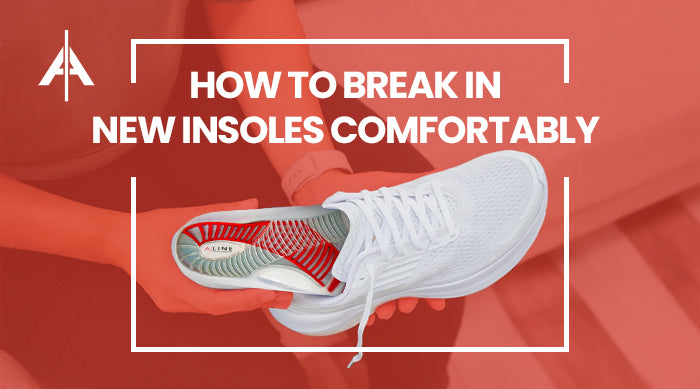Insoles for Plantar Fasciitis: A Guide for Long-Distance Hikers

Long-distance hiking can be a thrilling and rewarding experience, but for those suffering from plantar fasciitis, it can quickly turn into a painful ordeal. The right insoles can make a significant difference in managing foot pain and improving overall comfort on the trail. This guide explores how to choose the best insoles for plantar fasciitis, the types of insoles available, and tips for hikers looking to enjoy their adventures without discomfort.
Understanding Plantar Fasciitis
What Is Plantar Fasciitis?
Plantar fasciitis is a common foot condition characterized by inflammation of the plantar fascia, a thick band of tissue that runs across the bottom of the foot, connecting the heel bone to the toes.
It often manifests as sharp pain in the heel or arch of the foot, especially during the first steps in the morning or after prolonged periods of sitting. For long-distance hikers, this condition can be particularly debilitating, making each step a challenge.
Several factors can contribute to the development of plantar fasciitis, including overuse, improper footwear, and biomechanical issues such as flat feet or high arches. Long hikes that involve uneven terrain or excessive strain can exacerbate these symptoms. Understanding the underlying causes of plantar fasciitis is crucial for effectively managing the condition, particularly when it comes to selecting the right insoles.
Symptoms and Impact on Hiking
Symptoms of plantar fasciitis can vary but commonly include:
- Heel Pain: A sharp or stabbing sensation at the heel, particularly with the first steps in the morning or after sitting for a long time.
- Arch Pain: Discomfort or aching in the arch of the foot, which may worsen with activity.
- Stiffness: Reduced flexibility in the foot, especially after periods of inactivity.
- Swelling: Mild swelling around the heel or arch area.
For long-distance hikers, these symptoms can lead to a decreased ability to walk or run, resulting in a limited hiking experience. Ignoring these signs can lead to chronic pain, affecting not just hiking but daily activities as well. Therefore, addressing plantar fasciitis proactively by using the right insoles and maintaining proper foot care is essential for success.
Why Insoles Matter for Plantar Fasciitis?
Importance of Proper Support
Insoles for Plantar Fasciitis play a crucial role in providing the necessary support and cushioning for individuals with plantar fasciitis. The right insoles can help distribute weight evenly across the foot, reducing pressure on the plantar fascia and alleviating pain. By offering arch support, insoles can stabilize the foot and help maintain proper alignment during activities, which is especially important for hikers who may encounter varied terrain.
Insoles can also enhance comfort by providing additional cushioning, reducing the impact on the feet during long hikes. This is vital for long-distance hikers, as each step can lead to cumulative stress on the feet. By minimizing this impact, insoles can help hikers maintain their stamina and enjoy their journey without the distraction of foot pain.
Choosing the Right Insoles For Plantar Fasciitis

When selecting insoles for plantar fasciitis, consider the following factors:
- Arch Support: Look for insoles that provide adequate arch support, especially if you have flat feet or high arches. A supportive arch can help maintain proper foot alignment and reduce strain on the plantar fascia.
- Cushioning: Insoles with good cushioning can absorb shock and provide comfort during long hikes. Look for materials such as EVA foam or gel that offer both support and cushioning.
- Stability: Choose insoles that promote stability, helping to prevent excessive foot motion during hiking. Stability features can include a firm heel cup and a structured design that supports the foot's natural shape.
- Fit: Ensure the insoles fit well within your hiking boots. A proper fit prevents slippage and helps maintain comfort during movement. It’s essential to try on insoles with your boots to ensure compatibility.
- Moisture-Wicking Properties: Consider insoles with moisture-wicking materials to keep your feet dry and reduce the risk of blisters during long hikes. Dry feet are less prone to irritation and pain.
Top Types of Insoles for Plantar Fasciitis

Custom Orthotics Insoles
Custom orthotics Insoles are prescription insoles created specifically for your foot's unique shape and needs. They provide the highest level of support and can address specific foot issues contributing to plantar fasciitis. Custom orthotics are ideal for hikers with severe symptoms or structural issues, as they can be tailored to provide the exact arch support and cushioning required.
The process of obtaining custom orthotics typically involves a consultation with a podiatrist, who will assess your foot structure, gait, and any specific concerns. After this assessment, they will create a mold of your foot, which is then used to fabricate the insoles. Although custom orthotics Insoles can be more expensive than over-the-counter options, many users find them to be a worthwhile investment for managing their plantar fasciitis effectively.
Over-the-Counter Insoles
For those seeking a more budget-friendly option, over-the-counter insoles can be effective in alleviating plantar fasciitis symptoms. These insoles come in various designs and materials, offering varying degrees of support and cushioning. Look for insoles specifically labeled for plantar fasciitis or those designed with extra arch support and cushioning.
Some popular over-the-counter options include:
- Gel Insoles: These provide excellent shock absorption and cushioning, making them suitable for long hikes. They help reduce pressure on the plantar fascia while providing comfort.
- Foam Insoles: Lightweight and supportive, foam insoles offer good cushioning and can be found in various arch heights. They are often more affordable and can be easily replaced as needed.
- Orthotic Insoles: Many brands offer orthotic-style insoles that mimic the support of custom orthotics. These insoles can be a great compromise between cost and support for hikers looking for relief from plantar fasciitis.
Additional Foot Care Tips for Long-Distance Hikers
Footwear Matters
Choosing the right hiking boots insoles is crucial for preventing and managing plantar fasciitis. Ensure your boots provide adequate support and cushioning, as well as a proper fit. Look for boots with good arch support and a comfortable footbed. Consider models designed specifically for long-distance hiking, as they often incorporate features that support foot health.
Stretching and Strengthening Exercises
Incorporating stretching and strengthening exercises into your routine can significantly improve foot health and help prevent plantar fasciitis symptoms. Stretching the calves, achilles tendon, and plantar fascia can alleviate tension and improve flexibility. Strengthening exercises for the feet and lower legs can also provide stability and reduce the risk of injury.
Some effective exercises include:
- Calf Stretches: Stand facing a wall, place your hands against it, and step one foot back, keeping it straight while bending the front knee. Hold for 15-30 seconds and switch sides.
- Plantar Fascia Stretch: Sit down and place a towel around the ball of your foot, gently pulling it towards you to stretch the plantar fascia. Hold for 15-30 seconds.
- Toe Taps: While seated, lift your toes and tap them on the ground repeatedly. This exercise helps strengthen the muscles in your feet.
Regular Foot Assessments
If you frequently experience foot pain or discomfort, consider having your feet assessed by a healthcare professional. Regular check-ups can help identify any underlying issues early on, allowing you to take proactive steps in managing your foot health. A professional assessment can also provide personalized recommendations for insoles and footwear that suit your hiking needs.
Conclusion About Insoles For Plantar Fasciitis
Finding the right insoles for plantar fasciitis is essential for long-distance hikers. With options ranging from custom orthotics to over-the-counter solutions, there are plenty of choices to cater to individual needs. By understanding your specific requirements and exploring the available options, you can select insoles that provide the support and comfort necessary for tackling long hikes.
Additionally, adopting proper foot care practices and maintaining awareness of your footwear can further enhance your hiking experience. For high-quality insoles designed to improve foot health, consider exploring options from ALINE Insoles. Investing in your foot health is crucial for enjoying all the beautiful trails the world has to offer without discomfort.
Read More Articles:



